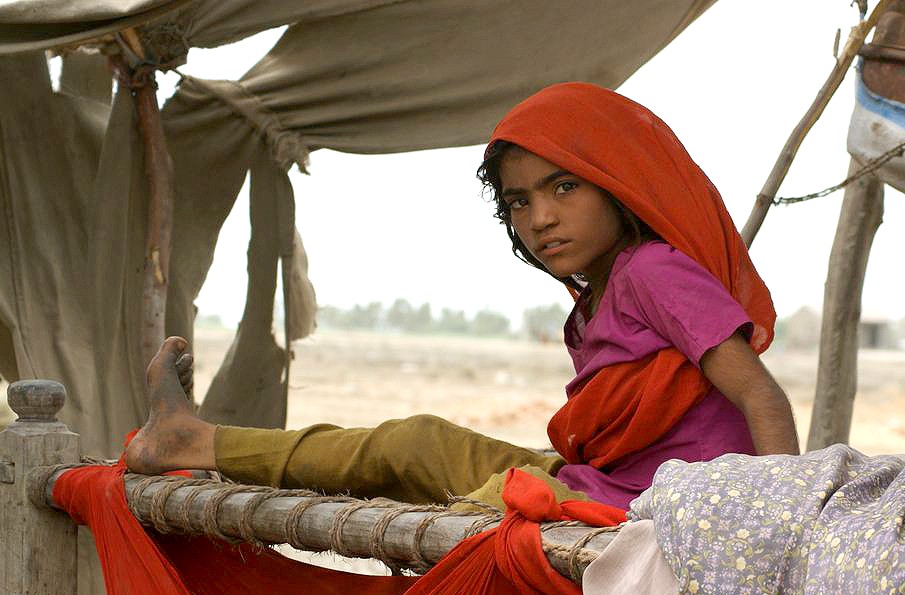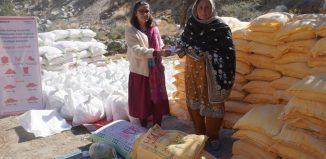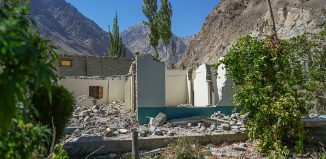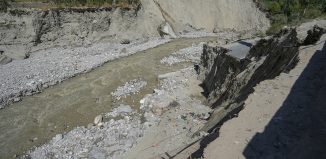
Relief, recovery, and rehabilitation from natural and conflict-induced disasters
Our initiatives help disaster-affected communities meet their immediate food, non-food, shelter, health, and WASH needs while simultaneously establishing the basic foundation for resilient, longer-term recovery and development of lives and livelihoods. Community participation throughout the response, from assessments and planning through completion, ensures ownership, increased resilience, and support to the most vulnerable families. Activities frequently account for early recovery needs from the start. After the provision of life-saving interventions, activities focus on the restoration of lives and livelihoods to pre-disaster levels. Food security and livelihoods remain at the core of recovery and rehabilitation with a particular focus on agriculture and livestock restoration, skill development, and the establishment of household level income generation initiatives such as kitchen gardening and poultry farming. An important aspect is the re-establishment of basic social services, specifically health and education, through the reconstruction or rehabilitation of disaster-affected infrastructure or the provision of services. Furthermore, the rehabilitation of damaged community infrastructure is an integral part of the recovery and rehabilitation phase. It encourages community members to work together in rebuilding common infrastructure and provides livelihood through the cash-for-work scheme. Capacity building and awareness sessions play an important role in our recovery and rehabilitation interventions because they support the effectiveness and sustainability of the initiatives and increase the likelihood that communities will continue best practices.
Disaster risk reduction and preparedness
Working in a disaster-prone region, Community World Service Asia advocates and builds capacity in DRR and preparedness at the community level and with other stakeholders at regional, national, and local levels. We advocate for a two-pronged approach where capacity building and infrastructure improvement go hand-in-hand in ensuring disaster preparedness. Communities are educated on how to identify vulnerabilities, mitigate risks, and prepare for disasters with locally available resources. They also receive valuable information such as safer housing construction and school safety. Equally important is the work we do at the policy level where we actively engage relevant government agencies in the preparation, finalization, and implementation of strategic national action plans. Aside from standalone DRR projects, we ensure that DRR is taken into consideration during project design and mainstreamed into both humanitarian (emergency) and development initiatives.
Including DRR components in development initiatives is a priority for Community World Service Asia and the communities with which we work in order to strengthen their resilience. Knowledge, practical application, and planning are enhanced through training, community-initiated activities, and in projects that establish or enhance structures such as schools or health facilities.
Reaching remote communities in disaster-affected and at-risk areas enables us to support disaster preparedness and basic community level steps toward improving resilience. We mobilize communities by increasing awareness through our DRR infrastructure:
- Mobile knowledge resource center (MKRC)—a truck converted into an educational resource on types of disaster and preparedness, equipped with simulation models, information materials, and interactive activities. The truck travels to remote areas, where the team conducts sessions with students, teachers, and community members on DRR and skills such as sandbag preparation, boat-making from local resources, and other life-saving techniques.














